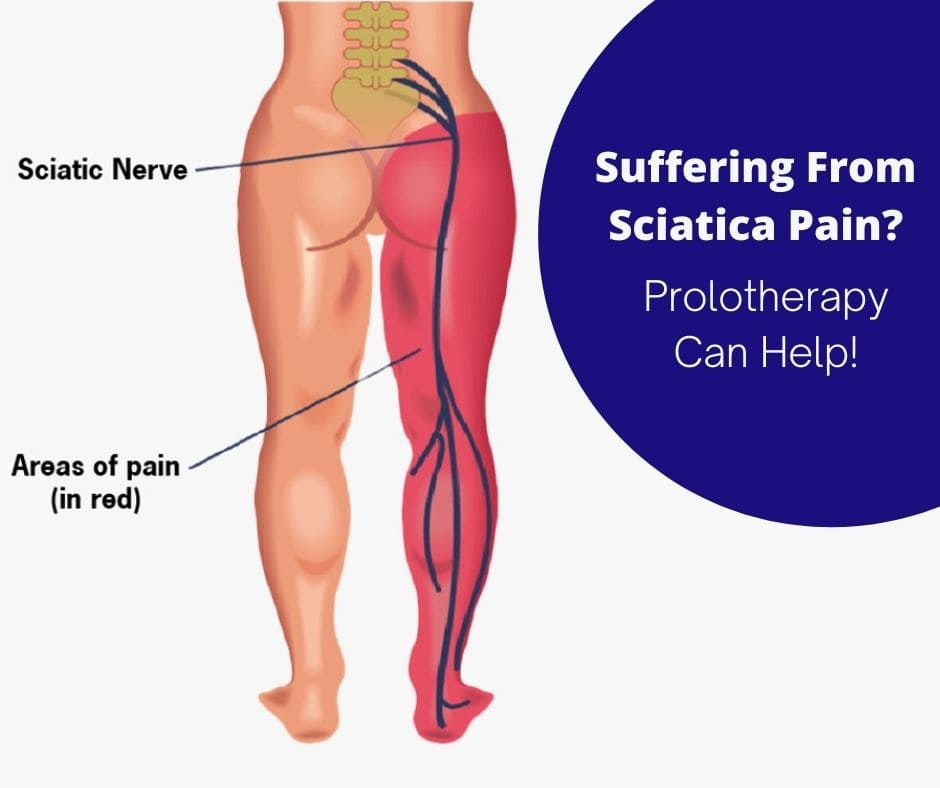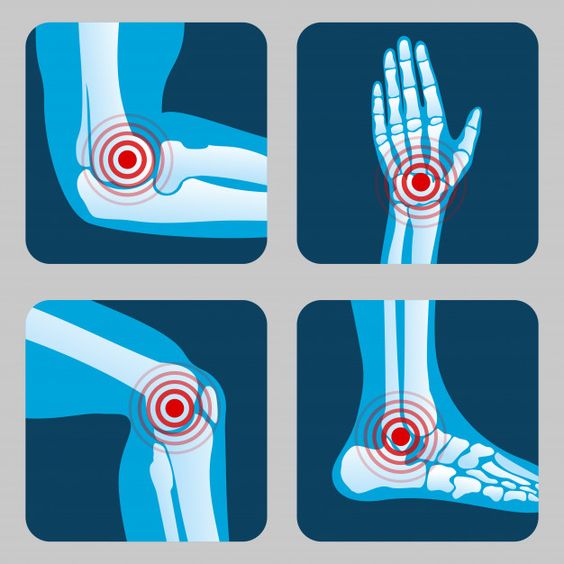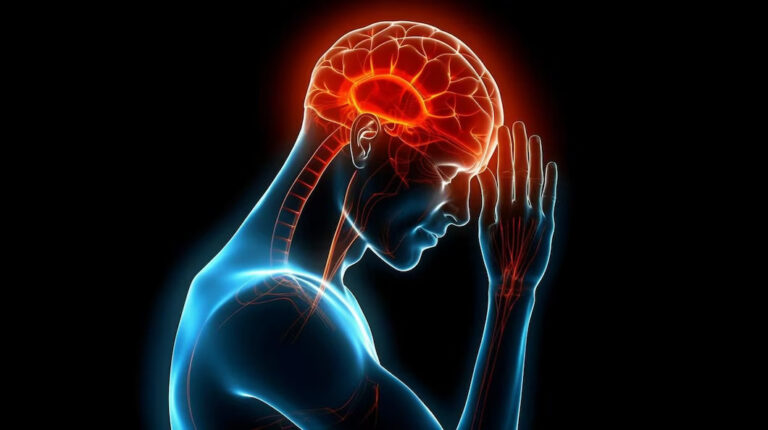Sciatica: Causes, Symptoms and Treatment and More.
Sciatica is a common and often debilitating condition that affects millions of individuals worldwide. It is crucial to unravel the complexities of this ailment, including its causes, symptoms, and treatment options. In this comprehensive article, we will explore the intricacies of sciatica, shedding light on the factors contributing to its development, the symptoms experienced, and various treatment approaches to alleviate discomfort and improve quality of life.
Understanding the Causes of Sciatica
Sciatica typically arises from the compression or irritation of the sciatic nerve, the longest nerve in the body. Several underlying conditions can lead to this compression, including:
- Herniated Discs: When the soft inner material of a spinal disc protrudes, it can compress the sciatic nerve, causing pain and discomfort.
- Spinal Stenosis: Narrowing of the spinal canal can put pressure on the nerves, including the sciatic nerve, leading to symptoms of sciatica.
- Piriformis Syndrome: The sciatic nerve can be affected if it runs through or under the piriformis muscle in the buttocks, resulting in pain and other symptoms.
- Spondylolisthesis: This condition occurs when a vertebra slips out of place and onto the vertebra below it, potentially pinching the sciatic nerve.
Symptoms of Sciatica
Sciatica can manifest through a variety of symptoms, which may include:
- Sharp, Shooting Pain: Radiating from the lower back through the buttocks and down the leg.
- Numbness and Tingling: In the affected leg or foot.
- Weakness: Often accompanied by difficulty in standing or sitting for prolonged periods.
Treatment Options for Sciatica
- Pain Medication: Over-the-counter or prescription pain relievers, such as nonsteroidal anti-inflammatory drugs (NSAIDs), can help manage pain and inflammation.
- Physical Therapy: Targeted exercises and stretches prescribed by a physical therapist can strengthen the core and lower back muscles, providing relief from sciatic pain.
- Heat and Cold Therapy: Applying heat or cold packs to the affected area can reduce inflammation and alleviate discomfort.
- Epidural Steroid Injections: In cases of severe pain, injections of corticosteroids into the spine can help reduce inflammation and provide relief.
- Surgery: In rare cases where conservative treatments fail, surgical interventions, such as discectomy or laminectomy, may be considered to relieve pressure on the sciatic nerve.
Preventive Measures and Lifestyle Changes
- Maintain a Healthy Weight: Excess weight can contribute to sciatica, so maintaining a healthy weight can reduce the risk.
- Practice Good Posture: Proper posture can help prevent undue stress on the spine and lower back.
- Regular Exercise: Engaging in activities that promote flexibility and strength can support spine health.
Conclusion
Sciatica is a complex condition with various contributing factors, but with a thorough understanding of its causes, recognition of symptoms, and appropriate treatment strategies, individuals can effectively manage and alleviate sciatic pain. Seeking professional medical advice is crucial for a personalized approach to treatment, addressing the specific factors contributing to each individual’s sciatica and promoting a healthier, pain-free lifestyle.







